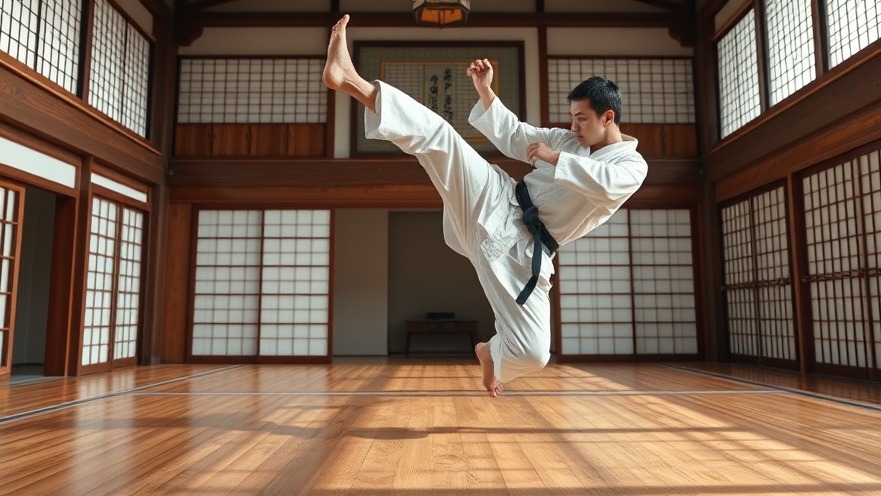
Understanding the Essence of Kata in Karate
When we delve into karate, particularly the Shotokan style, the term kata frequently emerges as a focal point of discussion. For practitioners, especially shown by the dedication from expert André Bertel to kata training, it represents not just a series of movements but serves as the essence of the art itself. Bertel emphasizes that everything in kata connects back to kihon (basics), embodying the foundational elements necessary for kumite (sparring). This philosophy highlights the intricate relationship between kata and real-world application, showcasing why many practitioners assert that kata is indeed the soul of karate.
The Holistic Approach to Traditional Karate Training
Karate is not merely a physical exercise; it's a path to spiritual growth and mental clarity. For those involved in traditional karate dojo in Gurnee, engaging with kata serves various purposes beyond physical prowess. It enriches mental focus, enhances discipline, and encourages introspection. The practice of kata challenges martial artists to connect their body movements with their mental state, ultimately fostering a holistic lifestyle that transcends the dojo. Such an approach aligns with the idea of karate as self-development, a critical aspect for both young students and seasoned black belt practitioners alike.
Real-Life Applications of Kata
Training in kata prepares karate practitioners for real-life situations. Each kata encapsulates the techniques and strategies that can be employed during kumite. Understanding kata helps advance students in karate competition preparation, where they can apply learned techniques effectively. By mastering these forms, karateka develop a deeper comprehension of bunkai (application), thereby enhancing their prowess in sparring scenarios. This connection between kata and practical skills illustrates how karate extends beyond the dojo and into everyday life, making it essential for both self-defense and personal growth.
Integrating Mindfulness in Kata Practice
Another profound benefit of regular kata practice is its influence on mental well-being. Engaging in a focused kata routine can significantly reduce stress and enhance mindfulness. As karate practitioners engage in their flows, moving gracefully through each movement, they cultivate a calmer mindset which translates to daily life challenges. This practice—which embodies both physical conditioning and mental clarity—resonates with many, especially students seeking family karate classes in Gurnee. By introducing martial arts or self-defense classes in this holistic manner, instructors can ignite a passion for character-building martial arts in their students, motivating them further in their karate journey.
The Importance of Quality Instruction
While the benefits of kata are apparent, the guidance of skilled instructors cannot be overlooked. In Gurnee, as students look for best karate instructors in Illinois, they find that the right mentor can enhance their understanding of kata, from basic kihon to complex bunkai. A well-rounded instructor nurtures the connection between kata and advanced techniques, ensuring that students grasp not only how to perform movements but why they matter. This relationship fosters greater respect for the art and enhances learning outcomes, promoting both technical and personal growth.
Conclusion: Embrace the Soul of Karate
As we embrace the lessons kata provides, it is essential to remember that karate is a lifelong journey. Whether you are a complete beginner or an advanced karateka, understanding the significance of kata can profoundly impact your martial arts journey. It lays the groundwork for physical excellence while honing mental resilience, making karate a truly enriching discipline. Train With The Best At Gruber’s Karate, where the teachings of kata propel you toward personal growth, spiritual development, and community engagement.
 Add Row
Add Row  Add
Add 




Write A Comment